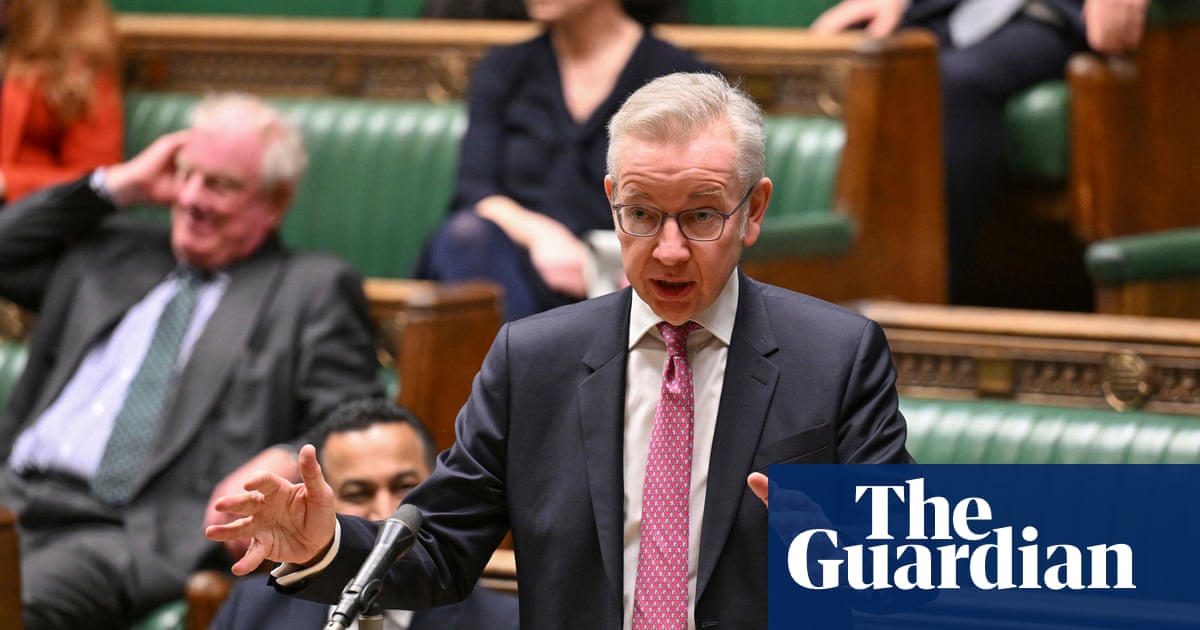
Boris Johnson’s election pledge to build 300,000 new houses a year is in serious jeopardy in the face of labour and material shortages that are causing major disruption across the economy, industry figures have warned.
A commitment to reaching the target by “the mid-2020s” was included in the last Tory manifesto as a key part of the party’s offer to increase home ownership to relieve the housing crisis. However, analysts already believe it is “almost impossible” to meet the manifesto pledge under the current conditions. Construction firms have complained of unavailable transport, a severe lack of materials and continued staff shortages among bricklayers, drivers, ground workers, joiners and plumbers.
It has meant that many are struggling to find the subcontractors needed for building projects. While the construction industry has been growing fast with the pandemic easing, data from last month reported the weakest speed of recovery for eight months. New official data also shows that UK brick sales, a sign of the state of housebuilding, were 9.3% lower in August than July and 3.3% lower than the 2019 average.
Meanwhile, the government’s insistence that companies need to pay more to attract the right staff has been met with frustration, with recent data suggesting that construction has seen 8% wage growth since the start of 2021, second only to drivers.
It comes with the government scrambling to relieve the most pressing shortages hitting the economy, most urgently a shortfall in HGV drivers. The government announced today that 2,000 additional places will be created on fast-track courses that will support more people to become HGV drivers. Up to 5,000 people will now be trained in “skills bootcamps”. The first places will be available next month, but several sectors have complained that the scheme will be too slow to prevent major problems over Christmas. The training places are dwarfed by the driver shortfall, however. A recent Road Haulage Association survey estimated there is a shortage of more than 100,000 qualified drivers.
The issues in the housing sector are a sign that the shortages crisis is already spilling over into areas of the economy that could soon have political consequences for Johnson, despite a Tory conference which demonstrated his command over his party. Tory MPs have this weekend joined calls for the government to support heavy industry in the face of huge energy costs, with some sectors warning of potential shutdowns.
Intensive energy-use industries have been meeting the business secretary Kwasi Kwarteng requesting help. Conservative MP Miriam Coates has called for help for the steel industry, while Jo Gideon, the Conservative MP for Stoke-on-Trent Central, said support was needed for “potters, brickmakers, and materials scientists”.
Some housing industry figures already believe that the government has been quietly moving away from the 300,000 target since the election, especially following the shock Tory defeat in the Chesham and Amersham by-election that many Conservative MPs blamed on plans to alter the planning system to encourage more housebuilding.
Since then, the new communities secretary Michael Gove used the party’s conference last week to suggest that the government would be focusing on the north and midlands, rather than easing demand in the south east. He has already paused the original planning reforms in the wake of the party backlash.
Duncan Brock, group director at the Chartered Institute of Procurement and Supply, said there were “fundamental capacity issues” that in some cases would still be a problem in well over a year’s time. “Timber is needed for house carcasses and housebuilders are saying it will probably take 12 to 18 months to resolve,” he said. “Concrete, mortar and cement are also ongoing shortages, probably with similar timelines. So therefore, can they build as much as they’d like to build, or can they increase from current levels? When there’s a shortage of materials, you’d argue that’s going to be almost impossible. Actually, some are struggling to build what they plan to do now, before thinking about increasing.”
Noble Francis, of the Construction Products Association, said global demand and energy costs were playing into the issues facing construction. He also said that demand for drivers was now so great that some companies had found driving staff had switched to better-paid roles. “Anecdotally, we have found that firms have found HGV drivers being attracted over to work for supermarkets in particular,” he said.
“In terms of skills shortages, in some hotspots of activity where house building, refurbishment and infrastructure is buoyant, there have been shortages of skilled (and even unskilled) construction labour since Spring 2021. This has been exacerbated by the fall in EU labour. Most construction trades are not on the government’s Shortage Occupation List.
“The government’s target for 300,000 new homes a year is looking increasingly unrealistic,” he said. However, he added that the government defined new houses as “net additional dwellings” – which includes the conversion of properties into flats – which could make it easier to meet the pledge. In 2019-20, there were 243,770 net additional dwellings.
Catherine Ryder, director of policy and research at the National Housing Federation, said housing associations were concerned about delays, materials and skills shortages. “These issues are a risk across the housebuilding sector to being able to meet the government’s 300,000 homes a year target, and to the delivery of much-needed new affordable homes,” she said.
A government spokesperson stood by the 300,000 target. “We remain committed to continuing our progress towards our target of 300,000 homes a year by the mid-2020s – last year we delivered over 243,000 homes, the highest number in over 30 years,” they said. “Our plan for jobs is helping people across the country retrain, build new skills and get back into work. Employers must invest in improved pay and working conditions to make jobs attractive to the domestic workforce.”











